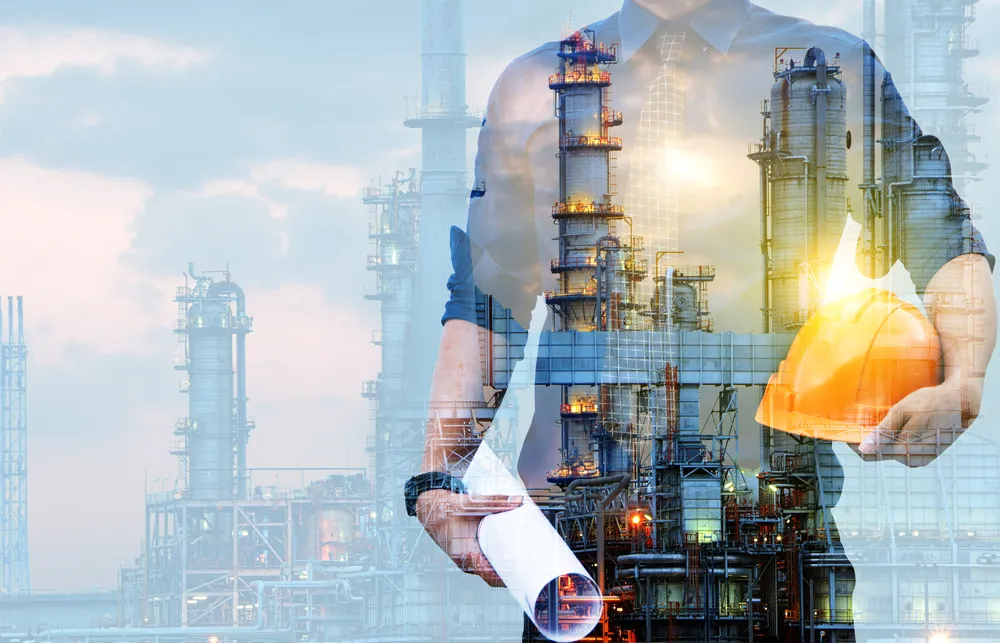Pump and Valve Technology for the Oil & Gas Industry Course
Introduction:
This workshop on Pump and Valve Technology for the Oil & Gas Industry is dedicated to the oil and gas industry. It will cover the fundamental concepts of oil and gas pumps, including centrifugal and positive displacement types, as well as various valves.
The course will address critical engineering elements, including packing, mechanical seals, sealing systems, bearings, and couplings. Special attention will be given to selecting pumps suitable for oil and gas applications to ensure they can operate effectively in various environments. Hands-on discussions will also focus on the operation, maintenance, and troubleshooting of pumps and valves.
Objectives:
At the end of this Pump and Valve Technology for the Oil & Gas Industry course, participants will be able to:
- Identify the various classifications of pumps.
- Analyze centrifugal and positive displacement pumps, emphasizing corrosion, head variations, and pump efficiency.
- Comprehend the complexity of oil and gas valves and the factors that determine valve operation.
- Appropriately position pumps and valves in oil and gas applications and perform all relevant sizing calculations.
- Acquire skills to solve pump problems in the oil and gas industry.
- Develop suitable maintenance procedures for oil and gas valve systems to improve their reliability and efficiency.
Training Methodology:
- Presentation with slides
- Case-based learning
- Group exercises
- Demonstrations
- Guided problem-solving
- Sample cases
- Lectures followed by question and answer sessions
Course Outline:
Unit 1: Pumping Systems
- The Basis of Pumping Systems and Their Application
- Pumps and Their Application in the Oil and Gas Industry: Classification and Terminologies
- Pump System Performance: Centrifugal and Positive Displacement Pump Systems
- Defining Head: Static Head, Pressure Head, Velocity Head, and Friction Head
- Function of Valves, Piping, and Fittings in Friction Loss
- Estimation of Actual System Head
- Dissolution and Development of Physical Phenomena: Cavitation of Pumps and Valves
- The Net Positive Suction Head (NPSH) and Its Importance in Pump Systems
- Vapor & Gas Cavitation & Pump Performance
- Flashing and Cavitation
Unit 2: Pump Types
- Introduction to Positive Displacement Pumps
- Reciprocating Pumps
- Valves for Reciprocating Pumps
- Points to Consider While Studying Rotary Pump Types (Scroll and Gear)
- Diagnosing Potential Failures
- When Centrifugal Pumps with Orientation in Solids Applications Are Employed
- Theory of Centrifugal Pumps
- Basic Pump Elements and Their Relevant Applications
- Pump and Driver Assembly Alignment
- Pump Performance Evaluation with Application Theory
- Mechanisms of Failures
Unit 3: Achieving Pump Reliability
- Sophisticated Sealing Systems
- Mechanical Seals, Packing Glands, and Flush-Plans
- Sealing Problems and Seal Maintenance
- Class and Techniques Related to Bearings: Failures and Life Extension Resources
- Why Lubrication Is Important for Pump Operations
- Bearings Without a Shoulder
- Bearings Not Adulterated with Fractions
- Couplings and Alignment: Their Collaborative Role
- Adding Back Couplings
- Alignment and Balancing
- The Role of Foundations and Bedplates
Unit 4: Valve Technology
- Recognizing Various Types of Valves Based on Their Utility: Globe, Gate, Ball, Plug, and Check Valve
- The Effect of Flow Characteristics on Valves
- Flow Inside the Valves
- Valves Flow Characteristic Curves
- Linear, Quick Opening, and Equal Percentage
- Valve Sizing: What Have I Missed All These Years?
- Cv Value Calculation
- Choosing the Size of a Valve with the Help of Coefficients
- Mathematical Methods for Correct Valve Selection
- Engineering for Purpose: Knowledge-Based Factors in Performance Comparisons
- Leakage Classifications of Valves
- Determining the Stem Seals and the Sealing Mechanisms in Use
Unit 5: Valves Troubleshooting & Maintenance
- Tackling High Drop in Pressure
- Recognition of Pressure Recovery Characteristics
- Obstructing the Thrust of Flow Choking
- Keeping High Velocities in a Valve System
- Water Hammer: Why It Occurs and How to Eliminate Its Effects
- Control and Isolation Valves Troubleshooting with Ease
- Causative Evidences of Common Faults in Valves
- Preventive Maintenance Regimen for Valves
- A Summary of the Week and Conclusions


















